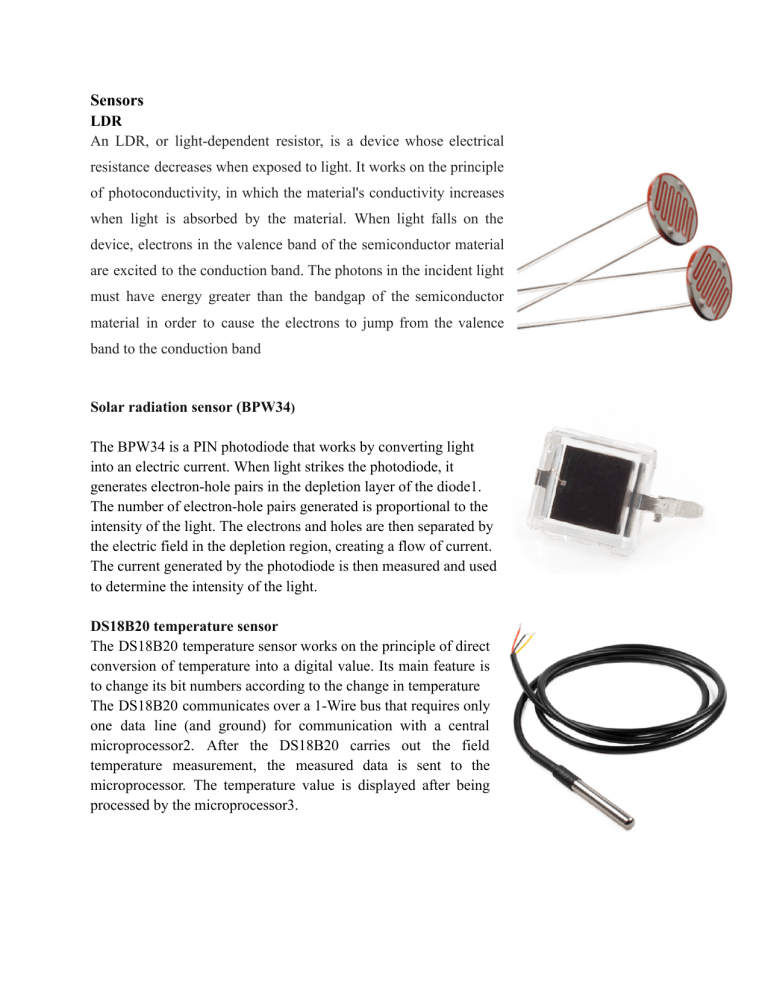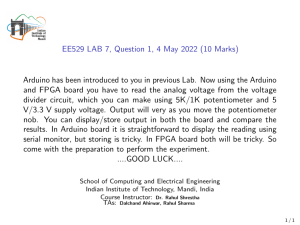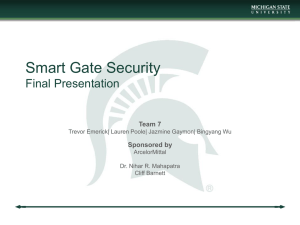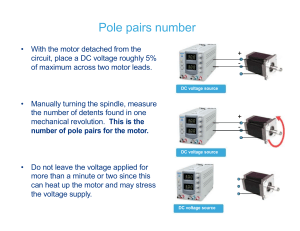
Sensors LDR An LDR, or light-dependent resistor, is a device whose electrical resistance decreases when exposed to light. It works on the principle of photoconductivity, in which the material's conductivity increases when light is absorbed by the material. When light falls on the device, electrons in the valence band of the semiconductor material are excited to the conduction band. The photons in the incident light must have energy greater than the bandgap of the semiconductor material in order to cause the electrons to jump from the valence band to the conduction band Solar radiation sensor (BPW34) The BPW34 is a PIN photodiode that works by converting light into an electric current. When light strikes the photodiode, it generates electron-hole pairs in the depletion layer of the diode1. The number of electron-hole pairs generated is proportional to the intensity of the light. The electrons and holes are then separated by the electric field in the depletion region, creating a flow of current. The current generated by the photodiode is then measured and used to determine the intensity of the light. DS18B20 temperature sensor The DS18B20 temperature sensor works on the principle of direct conversion of temperature into a digital value. Its main feature is to change its bit numbers according to the change in temperature The DS18B20 communicates over a 1-Wire bus that requires only one data line (and ground) for communication with a central microprocessor2. After the DS18B20 carries out the field temperature measurement, the measured data is sent to the microprocessor. The temperature value is displayed after being processed by the microprocessor3. potentiometer A rotary potentiometer is a type of variable resistor that can be used to control the resistance, current, and voltage in a circuit to achieve a desired output1. It is a three-terminal device that employs a resistive element and a rotating contact to form an adjustable voltage divider2. If only two terminals are used, one end of the element and the adjustable contact, it acts as a variable resistor or rheostat. Rotary potentiometers are commonly used for obtaining adjustable supply voltage to a part of electronic circuits and electrical circuits Limit switch A limit switch is an electromechanical device that is operated by the motion of a machine part or the presence of an object. It can be used for controlling machinery as part of a control system, as a safety interlock, or as a counter enumerating objects passing a point1. Limit switches are used to automatically detect or sense the presence of an object or to monitor and indicate whether the movement limits of that object have been exceeded2. These switches were originally used to define the limit of travel of an object, Arduino nano (Microcontroller ATMEGA328p) Arduino is an open-source electronics platform based on easy-to-use hardware and software. It is designed to make electronics more accessible to hobbyists, artists, designers, and anyone interested in creating interactive objects or environments. Arduino boards are able to read inputs from sensors, buttons, or online sources, and turn them into outputs such as motors, LEDs. Arduino has a large user community and a broad range of libraries of codes. It is relatively inexpensive compared to other microcontroller platforms. Arduino works by using a microcontroller to interact with inputs and outputs. The microcontroller can be programmed with the Arduino IDE, which is a software that allows the user to write and upload code to the board. The user writes their own code in a specific format and uploads the code directly onto the Arduino board. They also connect their input and output devices and sensors. From that point onward, the Arduino board will run the code every time it starts up until it is turned off. Arduino is a versatile platform that can be used for a wide variety of projects. It is a great choice for beginners because it is easy to use and there are many resources available online. Arduino is also a popular choice for professional engineers and makers. Power supply ( 36V ) A 36V power supply is a device that converts AC voltage to 36V DC voltage. There are many different types of 36V power supplies available, with varying output currents and power ratings. These power supplies can be used for a variety of applications, including powering LED lights, inkjet printers, laser engravers, and more. Voltage regulator (buck converter) A voltage regulator is a device that maintains a constant output voltage despite changes in the input voltage or load conditions. A buck converter, also known as a step-down converter, is a type of DC-DC converter that steps down voltage from its input to its output while stepping up current. It is a class of switched-mode power supply1. Buck converters are much more power-efficient than linear regulators, which lower voltages by dissipating power as heat. The efficiency of buck converters can be very high, often over 90%, making them useful for tasks such as converting a computer’s main supply voltage down to lower voltages needed by USB, DRAM, and the CPU. Motor driver (BTS7960 - 43A) A motor driver is an electronic circuit or integrated circuit (IC) that controls the speed, direction, and torque of a motor. It acts as an interface between a microcontroller or processor and the motor, allowing the microcontroller to control the motor’s operation. Motor drivers come in a variety of shapes and sizes, depending on the type of motor and control required1. Motor drivers are used to control different types of motors, including DC motors, stepper motors, and brushless DC motors. Motor drivers work by receiving low-voltage signals from the microcontroller and using them to control the high-voltage power supplied to the motor. This allows the microcontroller to control the speed and direction of the motor. Electric linear actuator An electric linear actuator is a type of actuator that converts rotational motion in motors into linear or straight push/pull movements. They are ideal for all types of applications where tilting, lifting, pulling or pushing with pounds of force are required. Electric linear actuators are often the preferred solution when you need simple, safe and clean movement with accurate precision and smooth motion control1. Electric linear actuators offer outstanding precision and repeatability, making them the ideal solution to perform fast and powerful linear movements with high precision and efficiency2. They come in various speeds, stroke lengths, and capacities to fit your unique application LCD 16* 2 with I2C protocol An LCD 16*2 is a liquid crystal display that can display 32 ASCII characters across two rows. Each character is made up of a grid of 5 * 8 pixels1. The I2C protocol is a communication protocol that allows multiple devices to communicate with each other over a single wire. It is commonly used to connect sensors and other devices to microcontrollers






